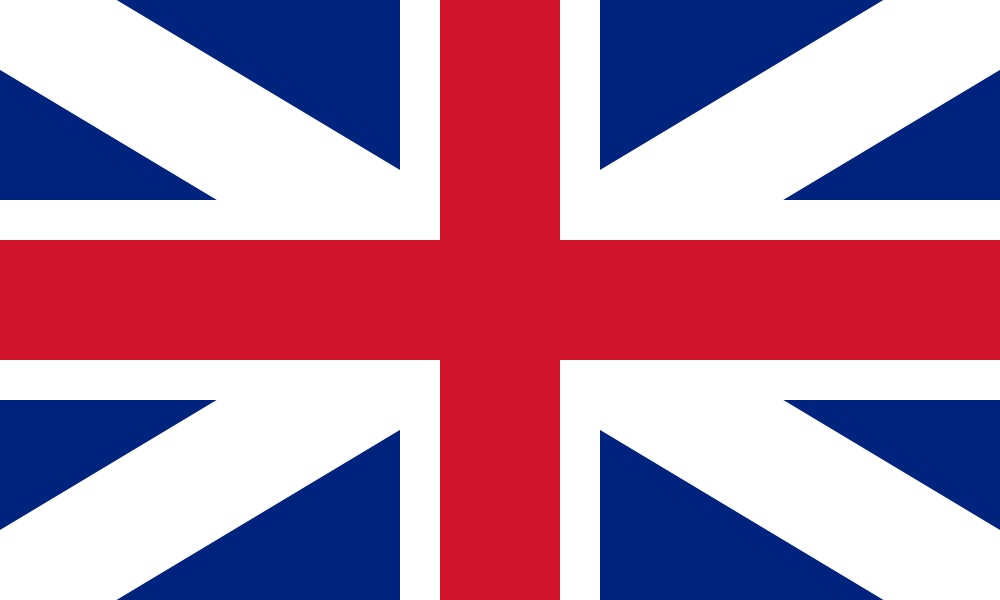Apesar de não existirem vestígios conhecidos do passado longínquo de Ovar, pensa-se que terá sido habitado desde a Pré-História, uma vez que apresentava condições favoráveis ao estabelecimento das primitivas comunidades humanas, nomeadamente uma linha de costa muito diferente da atual, duas zonas lagunares propícias à caça e à pesca, solos leves e fáceis de trabalhar.
Só existem notícias das populações de Ovar, a partir do séc. XI. Tanto quanto se sabe, o aglomerado de Ovar surgiu da fusão de uma série de aldeias próximas, sendo as mais importantes Ovar e Cabanões.
Terra de lavradores, pescadores, comerciantes de sal e artesãos, Ovar foi crescendo e ganhando importância, tendo recebido foral concedido por D. Manuel I, em 10 de Fevereiro de 1514. No entanto, o grande impulso ao crescimento demográfico da zona verificou-se a partir do século XVIII, em grande parte devido à introdução de novas técnicas de pesca (a Arte Xávega) e de salga e conservação do pescado.
As dificuldades sentidas pelos habitantes de Ovar, na sua luta diária, levaram muitos vareiros a emigrar. Alguns espalharam-se pelos vários portos da costa portuguesa (até ao Algarve), outros percorreram os difíceis e tortuosos caminhos das Beiras e de Trás-os-Montes. Os mais aventureiros atravessaram o Atlântico e tentaram a sorte nas Terras de Vera Cruz.
No século XX, com a industrialização que acelerara sobretudo a partir das décadas de 50 e 60, Ovar transforma-se num concelho totalmente diferente, onde mais de metade da população ativa se emprega no setor secundário, subvertendo profundamente o secular quadro rural e piscatório.
Atualmente, Ovar é um concelho industrial com um leque muito variado de atividades que vão do têxtil e vestuário à metalúrgica e produtos metálicos, da tanoraria à produção de rações e cordoaria, do material elétrico à montagem de automóveis ou ao fabrico de componentes.
Apesar do desenvolvimento industrial e da consequente urbanização, Ovar apresenta, ainda, vastas áreas propícias ao mais diversificado tipo de atividades turísticas: quilómetros de praias enquadradas por pinhal e a beleza ímpar da Ria de Aveiro e da Barrinha de Esmoriz.
Neste momento, em Ovar, procura-se obter um desenvolvimento equilibrado, com um consequente crescimento do setor do comércio e dos serviços que assegure um crescente bem-estar à população. Esse desenvolvimento equilibrado, conjugado com as preocupações de preservação do meio ambiente e de desenvolvimento urbanístico, será, certamente, um dos fatores que vai tornar Ovar um concelho cada vez mais atrativo e com visão de futuro.

A LITTLE ABOUT ITS HISTORY
Although there are no known traces of the far past of the territory of Ovar, one thinks it may have been inhabited since prehistory, as it presented favourable conditions for the establishment of primitive human communities, namely a coastline which was very different from what it is today, two lagoon areas, propitious for hunting and fishing, and light soils that were easy to work.
There are only records about the population of Ovar from the 11th century on. As far as we know, the settlement of Ovar was the result of the amalgamation of several nearby villages, being Ovar and Cabanões the most important ones.
A land of farmers, fishermen, salt merchants and artisans, Ovar grew and became more important as time went by, and it was granted a charter by King Manuel I on the 10th February 1514. However, the major boost to population growth in the area took place from the 18th century on, due to a large extent to the introduction of new fishing techniques (Arte Xávega) and fish salting and conservation methods.
The hardships experienced by the inhabitants of Ovar, in their daily struggles, led many of them to migrate. Some spread to several ports along the Portuguese coast (all the way to the Algarve), others trod the difficult and tortuous paths of the Beiras and Trás-os-Montes. The most adventurous ones crossed the Atlantic and took their chances in Brazil.
In the 20th century, with industrialization, which had gained momentum mostly since the 1950’s and 1960’s, Ovar became a totally different municipality, where more than half the active population works in the secondary sector, thus deeply changing the centuries-old rural and fishing framework.
Nowadays, Ovar is an industrial municipality with a very wide range of activities, from the textile and clothing industry to metal industry and the manufacture of metal products, from cooperage to the production of animal feed and rope making, from electrical material to car assembly or the manufacture of components.
In spite of industrial development and the resulting urbanization, Ovar still presents vast areas that are propitious for a wide range of tourist activities: beaches that stretch for miles, surrounded by pine forests, and the unparalleled beauty of the Ria de Aveiro (Aveiro Lagoon) and the Barrinha de Esmoriz (Esmoriz Lagoon).
Currently, in Ovar one aims to obtain a balanced development, with a resulting growth of the sector of trade and services which may ensure the growing well-being of the population. That balanced development, together with the concerns for environmental preservation and urban development, will certainly be one of the factors that will turn Ovar into an increasingly attractive and future-oriented municipality.